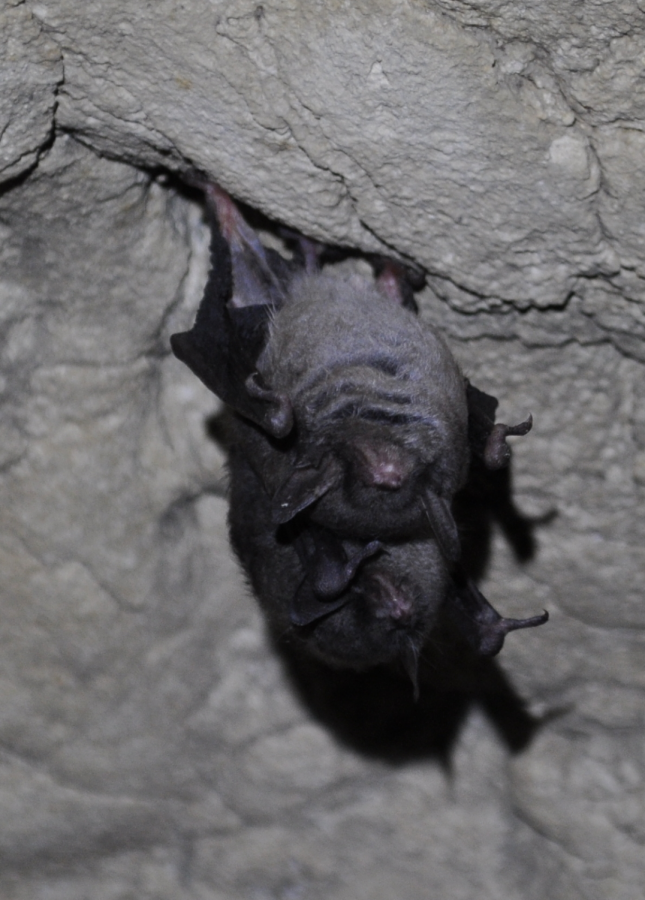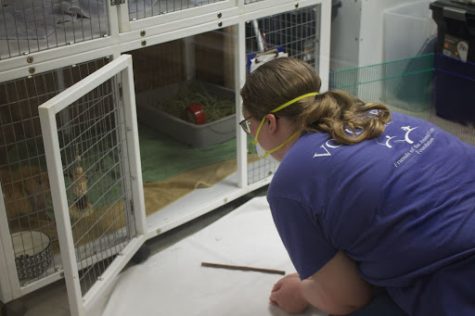How humans are endangering animals
April 22, 2021
Humans are changing the world. For most instants’ this is a very good thing but for many animals, it isn’t. Many animals are becoming endangered because of habitat loss due to people building over it or a change in river systems that don’t benefit the animals. These animals at one point lived in many different parts of the world and now they have been restricted to one small area which is still decreasing.
Iowa is one of those small areas and the Higgins eye pearly mussel, Topeka shiner, Iowa Pleistocene snail, Least tern, and Indiana Bat are just five of the endangered animals that are living here in some parts of Iowa and a few surrounding states.
The Higgins eye mussel has been an endangered species since 1976. The Higgins’s eye has two major causes for becoming endangered, habitat loss and the invasive zebra mussels which prevents them from surviving properly. As Higgins eyes habitat is large, deep freshwater rivers, specific they can be found in the St. Croix River, near Whiskey Rock, Prairie du Chien, McMillian Island, Harpers Slough, Cordova Island, and Arsenal Island. They are losing this habita
t due to the free-flowing river being changed to the impounded river system which changes water flow patterns and run-off from the industrial areas, farms, and cities or towns degrades the water quality.
The Topeka shiner is a small minnow, which is a type of freshwater fish. They can found in small prairie streams in the Midwest area of America, including South Dakota, Minnesota, Kansas, Iowa, Missouri, and Nebraska. The main reason for this fish’s endangerment is habitat loss. They lose their habitat due to the habitat being completely destroyed mostly because of construction and sedimentation to change water quality.
Iowa Pleistocene Snail was already rare as it is known for being a relic from the Ice Age and can only be found in a very specific habitat within the United States. But since 1978 they have been on the endangered species list. They need to live in a habitat called the algific talus slope which can only be found in Illinois and Iowa. They can only find them here because they are temperature-controlled areas as the snails need the ground temperature to be no colder than 14 degrees in the winter and no warmer than 50 degrees in the summer. So their major problems that are causing them to become endangered are climate change, affecting the steady cool and moist environment they live in, and habitat loss from logging and road construction or building.
The Interior Least Tern is a small bird that has been on the endangered species list since 1985. Tern usually nests of sandbars with little to no vegetation along major rivers in Central America. Like the mussel, it is losing its habitat due to changes in the river system. The river system change has also brought many invasive plants to the sandbars next to the rivers which is also a cause for their loss of habitat.
The Indiana bat or Myotis sodalis, named after its mouse-like ears is a small bat that is also endangered. These bats hibernate in caves during the wintertime and during warmer weather migrate up to their summer habitat, which is mostly wooded areas. They are endangered for multiple reasons, humans disturbing their caves in the winter, people taking away their summer habitat, and environmental contaminants such as pesticides. Their hibernation is affected by the people that have decided to start looking through caves, their summer habitat is being torn down by people taking the trees, and pesticides eat the bats’ food leaving them hungry.
Animals are endangered everywhere in the world. And what many people don’t realize is that most of those animals are very important either to the food chain or to science. Some of the animals that have been mentioned in this article such as the Higgins eye mussels and the Interior Least Tern are on their way to recovery but others such as the Indiana bat and Iowa Pleistocene snail are only getting closer to extinction. With the help of the Endangered Species Act and caring people that want to help animals, it should lead to the recovery of even more animals. Which should help them to be taken off of the Endangered Species list and to be flourishing with more of their species.
Images of Higgins eye Mussel, Topeka shiner, and Interior Least Fern are all from Flickr. The image of the Indian bat is from Wikimedia.








